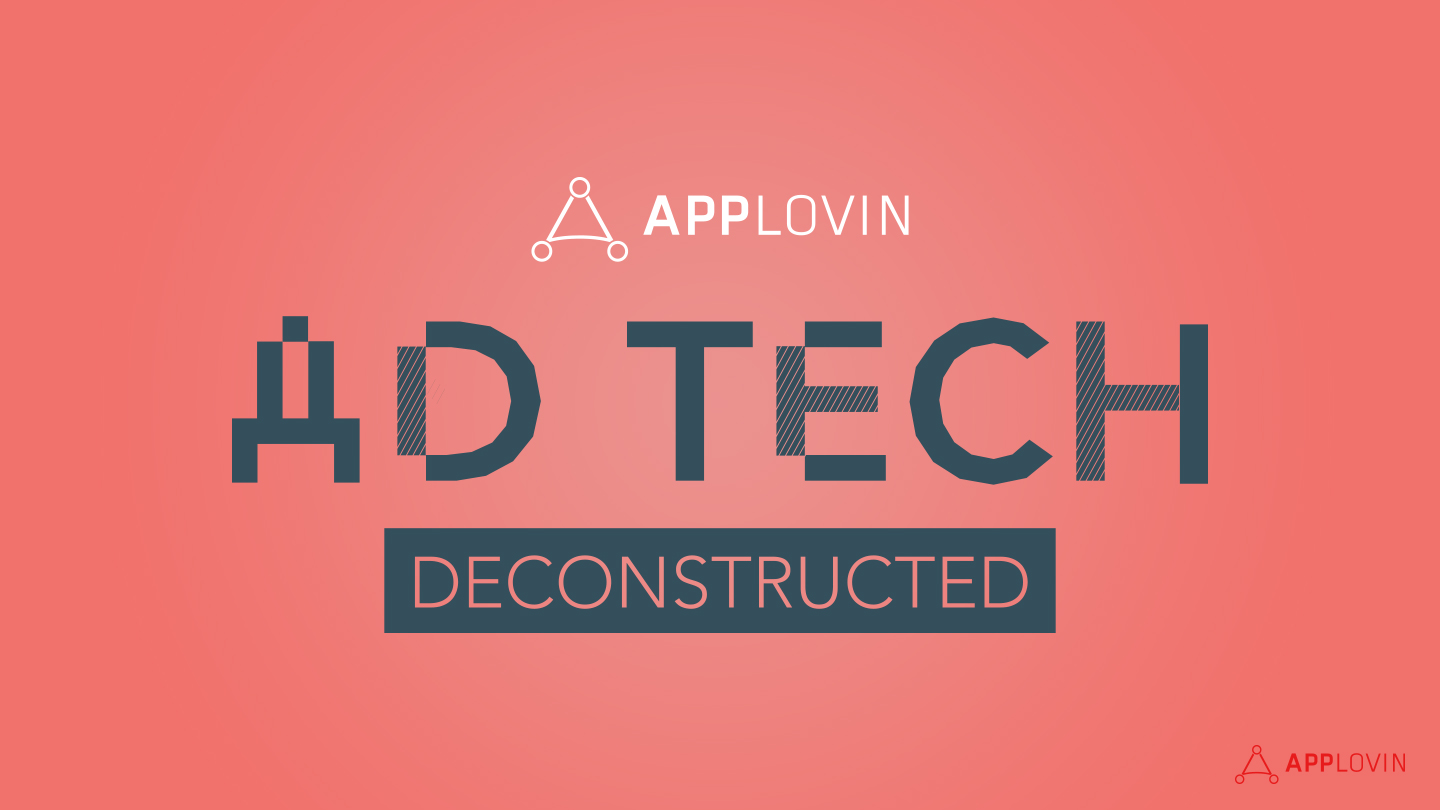Brand Advertising, In-app Bidding, User Acquisition
Ad Tech Deconstructed: What is mobile attribution?
Aug 1, 2018

Brand Advertising, In-app Bidding, User Acquisition

The world of ad tech can be confusing—that’s why we’re bringing you our Ad Tech Deconstructed series. We’re putting ad tech under a microscope to examine exactly how things work. For today’s installment, we’ll talk about what exactly mobile attribution is and how it works.
Much of what we’ve demystified thus far in this series has to do with marketers reaching the best users. eCPM, real-time bidding, DSPs and SSPs—they’re all integral to the process of reaching the optimal users and are important components of the mobile ad buying ecosystem. But after these users have been acquired, how do we know which of these cogs in the ad tech machine are working best and what they’re achieving? This is where mobile attribution comes in.
Mobile attribution is how app marketers know exactly what led users to them and how they subsequently interact with the brand. Attribution partners take into account user events like clicks, IAPs, and installs to attribute them to marketers’ specific campaigns or channels.
Although mobile attribution has come a long way in recent years, it’s still relatively uncharted territory. Unlike the web, where cookies and other tracking parameters are standard, the app ecosystem doesn’t allow for the most direct model for attribution. When users download apps, they must go through an app store. Things get a little muddy at this point, because different app stores allow for different levels of tracking. Google Play allows for referral information in its download URL parameters, whereas the App Store doesn’t offer much in this regard, but there are universal tracking options available to marketers to help solve this issue. Still, this fragmentation combined with the prevalence of both iOS and Android devices means that mobile marketers face significant challenges with attribution as compared to web marketers.
Mobile attribution is a little bit of a muddled web, but that doesn’t change the fact that it is a crucial addition to any mobile marketing stack. If you’re putting most of your spend into video ads, for example, you need to know if that’s actually where your user base is coming from. In the case of hyper-casual developers who do a lot of cross-promotion, mobile attribution can tell them what percentage of users are coming from their other games and which games are producing the most installs. Attribution is the only way mobile marketers can inform decisions in order to optimize their marketing spend.
Because there’s not really a standard for mobile attribution, it’s important to do your research to determine which partner or partners are right for your business. Working with an attribution partner means integrating an SDK into your app, so it’s important to get it right from the beginning. This also means you want to consider the weight of the SDK you’re considering integrating. There are some things that you will want in your attribution partner that you may not consider until later, like the ability to provide historical data and unlimited API requests.
It takes some time and consideration to find the right attribution partner, especially considering there are so many options and there isn’t a single standard in the mobile marketing space. But finding a partner that will help you attribute your marketing spend to tangible results can mean everything for the success of your app.